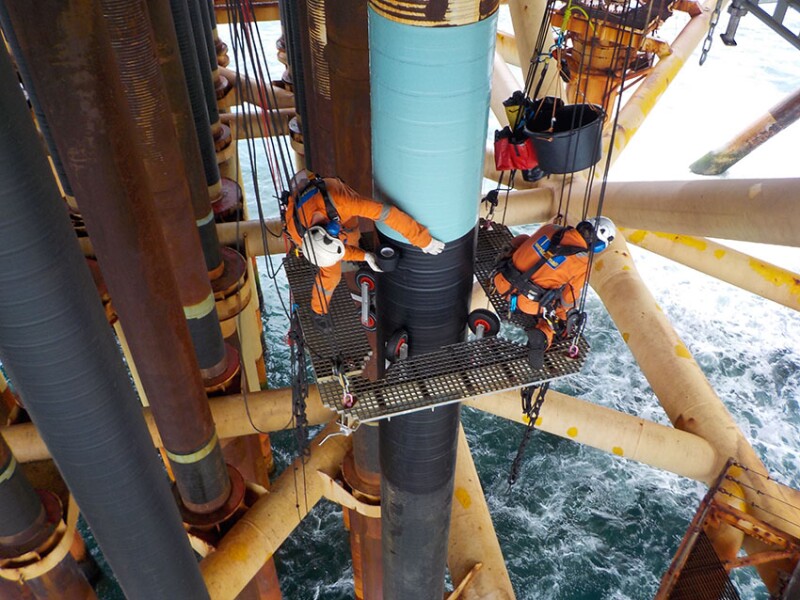When a tree is injured by the forces of nature, be it animal, weather, or human, it attempts to repair the damage by producing sap to seal the wound, creating a natural barrier from potential infection, wood-damaging insects, and dehydration. Much like blood in humans and other animals, the sticky fluid fills the breached area then dries or clots, sealing off the wound from the elements.
The use of self-healing materials in construction dates to the Roman Empire. When building, the Romans would use a lime-based mortar found to have self-healing properties. A mix of volcanic ash, quicklime, and water would be used to bond larger rocks.
×


Continue Reading with SPE Membership
SPE Members: Please sign in at the top of the page for access to this member-exclusive content. If you are not a member and you find JPT content valuable, we encourage you to become a part of the SPE member community to gain full access.

